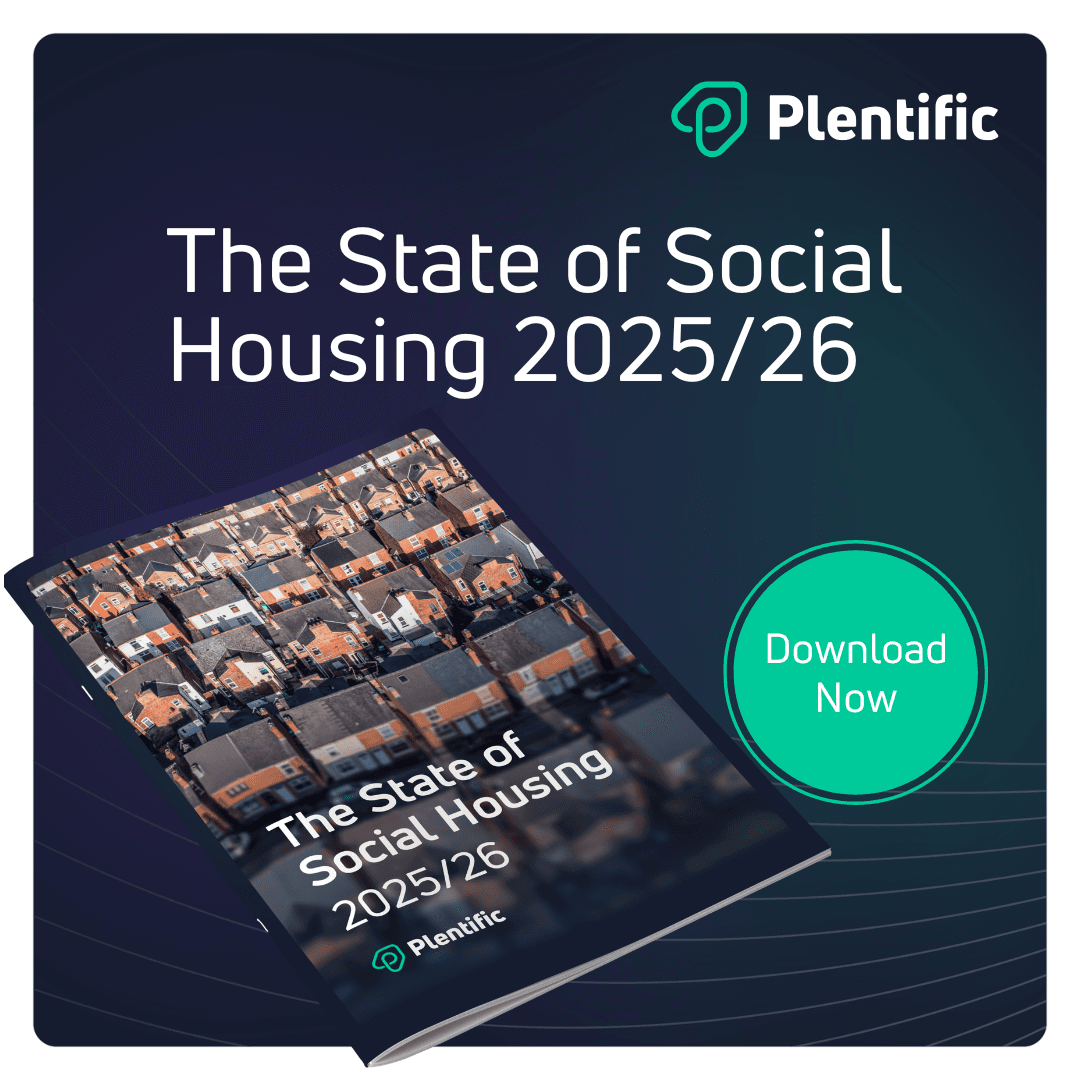The social housing sector is navigating a "wave of transformative regulations" designed to raise standards and protect residents. New rules like Awaab’s Law, the reformed Decent Homes Standard, and the upcoming Remediation Bill are setting a higher bar for safety and service. However, as Ryan Dempsey, CEO at TCW, rightly observes, regulation alone won't solve systemic issues if the sector continues to operate in silos. Achieving and proving compliance in this new era is impossible without integrated systems that provide clarity, consistency, and accountability across every part of the organisation. Technology must be aligned with human capability to move beyond reactive fixes toward proactive service delivery that aligns with providers’ strategic focus.
Awaab’s Law – Beating the Clock with Automation
Coming into force this month, Awaab’s Law introduces legally binding timelines that demand a new level of operational precision. Landlords must investigate potential hazards within 10 working days, provide tenants with a written summary within three working days of the investigation, and address emergency hazards within 24 hours. Managing these deadlines manually at scale is a significant logistical challenge that introduces immense risk. This is compounded by the financial strain, with the government estimating the law will add £129 million in staffing costs.
Furthermore, as Phil McCavish of Rannoch Associates notes, the law will likely increase service delivery costs by pushing more repairs into the 'emergency' category, reducing operative efficiency. Intelligent automation is without doubt one of the most effective ways to mitigate the impact of the bill, by monitoring timelines, triggering alerts, generating resident communications, and maintaining a clear, auditable trail for every case to ensure nothing falls through the cracks.
The Decent Homes Standard & Stock Condition – The Power of a Single Source of Truth
The RSH’s recent Focus Report delivered a stark warning: in nearly 75% of downgraded cases, landlords were unable to demonstrate the condition of their housing stock. Inspectors have repeatedly cited fragmented systems and missing stock information as a primary reason for being unable to verify that homes are safe. A centralised, data-driven platform that acts as the "source of truth for asset management" gives providers complete visibility and control over their properties. This is essential for meeting the new condition-based assessments of the reformed Decent Homes Standard, which moves away from simple age-based criteria to a more holistic view of a home’s safety and quality. Without a single, reliable dataset, providers are flying blind, unable to prove compliance or plan strategic investments effectively.
Transparency and Accountability (STAIRS & RSH Grades)
The regulatory focus on transparency is also intensifying. The Social Tenant Access to Information Requirements (STAIRS), starting from October 2026, will mandate the proactive publishing of performance data, creating a significant "administrative and technological burden" for providers. In addition, the RSH's consumer standards is clear that a failure to manage data integrity is considered "indicative of a poor internal controls assurance framework". A strong data foundation is the only way to meet these demands efficiently and demonstrate accountability to both regulators and residents.
Ultimately, data management is no longer just an IT concern; it is a fundamental governance issue. Intelligent systems are the bridge between regulatory ambition and operational reality, enabling providers to protect residents, build trust, and avoid the serious regulatory and reputational risks of non-compliance. So while the use of the appropriate systems and technology may not be compulsory, the attainment of the new standards are – and the smartest providers have already worked out that you can’t have one without the other.
The State of Social Housing Report 2025/26
Our comprehensive report, "The State of Social Housing 2025/26," provides detailed analysis of each force, practical insights from regulatory updates, and actionable strategies for building resilience in this rapidly evolving landscape.
Download the full report to discover how the most successful providers are preparing for the next 12 months and beyond.


